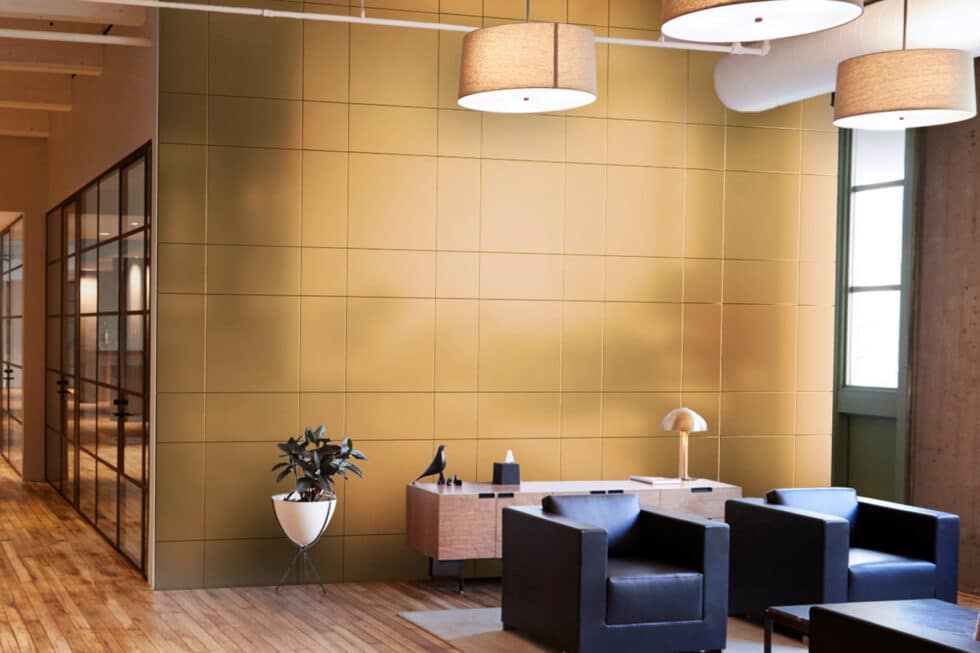In a world where people are increasingly spending more time indoors, it’s become essential for our living spaces to provide a sense of respite, relaxation, and escape.
Not just any place to rest, but a haven. Creating a sense of escape in everyday home design is not just about aesthetics; it’s about well-being, mental health, and improving the quality of life. In this article, we’ll delve deep into how to transform ordinary spaces into extraordinary escapes.
Table of Contents
The Need for Escape in Today’s World
Before we dive into design elements, it’s crucial to understand why there’s a growing need for such spaces. With urban populations soaring, external spaces are becoming scarcer. Add to that the rise of remote work, where the home doubles as an office. These shifts underscore the need for homes that can provide a genuine sense of escape.
Designing with a Purpose: Elements of a Haven
While our competitors’ articles touched on the basic principles of cosy designs, we’ll explore deeper layers.
Natural Elements: Integrating indoor plants, wooden textures, and natural stone can instantly make a space feel more grounded and calming. The biophilic design, which connects inhabitants with nature, has been shown to reduce stress and increase well-being.
Soft Lighting: Harsh lights can be jarring. Using layered lighting with dimmable options, candles, and fairy lights can create a warm, enveloping ambience.
Open Spaces: Although not always feasible in smaller homes, creating an open floor plan or at least an illusion of it can provide a sense of freedom.
Sensory Design: The scent of a room, the texture of fabrics, and even the sound dynamics can drastically affect our perception. Consider soft rugs, aromatic diffusers, and acoustically pleasing designs.
Mental Well-being and Home Design
While our competitors provided anecdotal evidence, let’s look at some hard statistics:
A study by The American Institute of Stress found that 78% of respondents felt calmer after spending time in spaces that mimicked nature or had natural elements.
According to the World Health Organization, people living in urban areas with green spaces have up to 12% lower mortality rates.
A Harvard study on lighting showed that the right kind of indoor lighting can improve sleep quality by 46%.
Lessons from Global Design Practices
Design principles from around the world offer unique insights:
Scandinavian Hygge: This Danish concept emphasizes cosy, contented living. Think of soft blankets, fireplaces, and warm drinks.
Japanese Wabi-Sabi: This principle finds beauty in imperfections. Instead of flawless designs, it celebrates rustic, organic, and handmade elements.
Mediterranean Flair: Bright, airy, and sunny, these designs focus on cool blues, terra cotta floors, and a feeling of perpetual summer.
Unique Insights into Future Trends

As we move towards the future, the home as a haven will incorporate more tech:
Smart Homes: Imagine a home that knows when you’re stressed and automatically dims the lights, plays soothing music, or even starts a relaxing scent diffuser.
Virtual Escapes: With the rise of AR and VR, there might be dedicated spaces in homes where inhabitants can “escape” to virtual paradises.
Conclusion
From understanding the importance of creating a sense of escape to drawing inspiration from global design practices, it’s evident that home design plays an integral role in our mental and emotional well-being. As we continue to evolve and adapt to changing lifestyles, so too should our living spaces, offering us the haven we so deeply crave and deserve.





